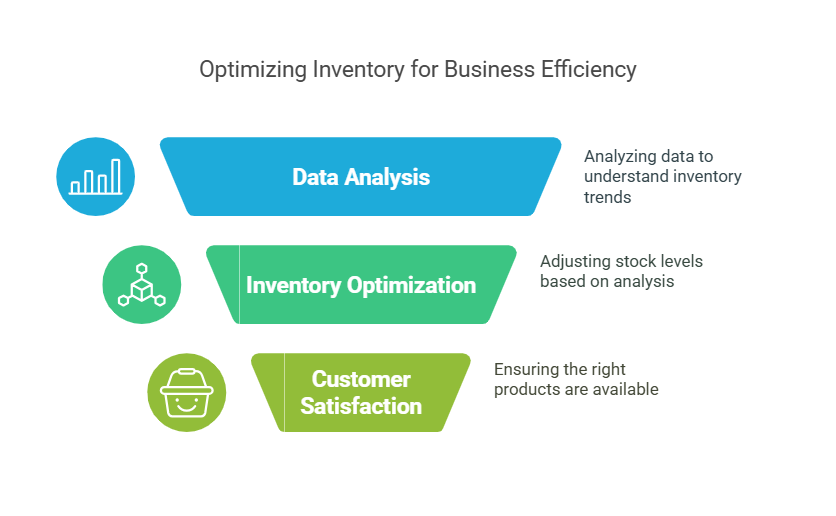It’s no secret that efficiency is the key to power in the modern era of quick business movement. Companies at all levels are always looking for new ways to maximize efficiency. One effective way is to use real-time asset-tracking solutions. These solutions provide a holistic approach to resourcing, resource efficiency, and resource productivity. This article explores how these solutions can help revolutionize operations and deliver a seamless workflow.
What Exactly is Real-Time Asset Tracking?
Real-time asset tracking is the process of monitoring and managing physical assets using current technologies. Such technology typically combines GPS, RFID (Radio Frequency Identification), or IoT (Internet of Things). With real-time data, businesses can monitor equipment, vehicles, or inventory and utilize resources as efficiently as possible. Monitoring assets over a period helps in making decisions the right way and prevents loss and mismanagement. Real-time asset tracking solutions help streamline the process and make it simpler for everyone involved.
Improving Utilization of Resources
Efficiency is maintained when resource utilization is maximized. With real-time tracking, assets can be allocated based on need. When managers know where each asset is and its condition, they can allocate more resources efficiently. As a result, workflow gets boosted since assets are accessible whenever they are needed, minimizing idle time and enabling greater yield.
Streamlining Operations
By leveraging real-time data, organizations can bring a level of automation with minimal human intervention. Automating asset management tasks saves time, reduces human error, and helps the smooth functioning of operations. Having this control over processes can skyrocket productivity since employees have room to focus on more strategic work.
Reducing Operational Costs
Real-time asset tracking solutions can significantly lower operational costs. Minimizing asset loss, theft, and misplacement helps companies save on replacement or recovery costs. Furthermore, effective asset management extends the useful life of equipment by decreasing maintenance costs. This better understanding of how assets are being used allows a business to make the right decision about procuring and maintaining assets, thus saving money.
Enhancing Inventory Management
For a lot of businesses, inventory management is a headache. This is where real-time asset tracking in marketplaces comes to the rescue in empowering warehouse management with precise, real-time information regarding inventory levels. Using this data, companies can optimize inventory levels—stocking up until demand balances out or reducing stock when overstocking becomes a concern. By having correct inventory, more often than not, the right products are at the right place at the right time, which improves customer satisfaction and eliminates unnecessary expenses.
Increase In Productivity Of Employees
Employee productivity is a huge contributor to a company’s growth. Real-time asset tracking enables a smoother working environment. These solutions minimize time spent searching for equipment or inventory by providing employees with the right tools at the right time. Furthermore, automating redundant activities enables team members to spend time on other value-added services, thereby increasing productivity.
Improving Customer Experience
Customer satisfaction is still a top priority of every business on the planet. Accurate order fulfillment with a focused delivery time can enhance the customer experience; hence, process step automation through real-time asset tracking solutions can significantly improve customer experience. Companies benefit from real-time data, which allows them to track delivery status and manage to fix any issues. Providing such a service instills customer confidence, resulting in repeat business and word-of-mouth business. Customers who are left happy with service help a firm build and expand and build for years to come.
Making Sure You Are Compliant and Secured
No matter the industry, businesses must have important measures for compliance and security. Having an accurate asset movement and usage record with real-time asset tracking also helps ensure compliance. This transparency ensures that companies are complying with relevant regulations and minimizes the risks of being fined. Lastly, it can promote an added level of security as it prevents missing valuable property, which can be company assets that can cost a lot of money to the company.
Enabling Evidence-Based Decisions
Using data in external business decisions helps create an active working plan. Real-time asset tracking can track asset performance and utilization. Interpreting this data allows companies to find patterns, improve processes, and make growth-driving strategic decisions. Real-time information helps managers quickly respond to changing conditions, which helps maintain their competitive position in the market.
Conclusion
There are many perks that only real-time asset tracking solutions can offer to streamline operations such as productivity enhancement. These systems offer a complete solution for asset management, from resource usage and streamlining operations to cost reduction and enhancements in customer satisfaction. Real-time tracking has the potential to turn operations around, and enabling this functionality is important for all companies seeking to stay ahead in a competitive landscape. Adopting this technology means paving a path to growth and innovation in the future.




































